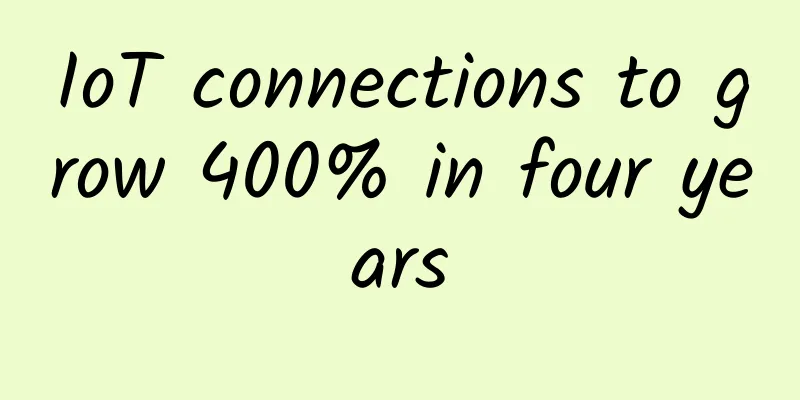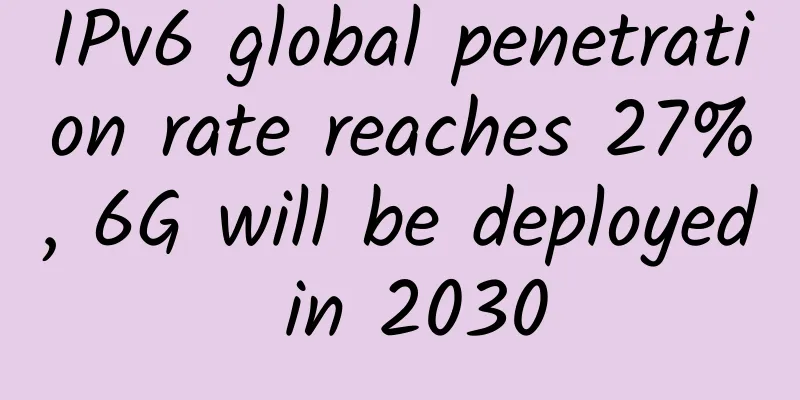IoT connections to grow 400% in four years

|
IoT connections are expected to reach 142 million by 2027, mainly due to the growth of 5G standalone deployments. According to data forecasts, the number of 5G IoT roaming connections will increase from 15 million in 2023 to 142 million in 2027. This growth will be mainly attributed to 5G standalone deployments, that is, networks that do not rely on 4G LTE or other previous generation technologies. In this way, customers can get higher average speeds, thereby improving the value proposition of roaming mode. Western Europe is a key market for the growth of 5G IoT connections, forecast to account for 21% of all 5G roaming connections by 2027, despite accounting for only 5% of the global population. Significant investments in 5G by countries and mobile operators over the past few years and into the mid-2020s will put Western Europe ahead of other regions. To further capitalize on the growth of 5G IoT roaming in Western Europe, operators must enter into roaming agreements that leverage standalone 5G networks to improve network performance for roaming connections and provide the same level of service when roaming as on the home network. In addition to increasing 5G standalone deployments and establishing roaming agreements, cellular operators can implement roaming analytics to increase revenue generated from IoT roaming data captured in real-time. The number of IoT connections is expected to exceed 100 million by 2026. This appears to be a slightly more optimistic outlook from the market research firm, indicating that the pace of deployment has accelerated since March. Some factors in the report appear to be several years away, for example, the report mentions that autonomous vehicles will require advanced roaming solutions, but the availability of autonomous vehicles outside of a few test cities could still be more than a decade away. Stakeholders may need to consider more practical reasons for implementing 5G standalone deployments, rather than reasons why it may not impact their region before the 2030s. |
<<: Understanding the Sliding Window Protocol in One Article
>>: Regarding the ocean, we actually have a choice...
Recommend
A Comprehensive Guide to Fiber Optic Connector Types and Their Applications
Fiber optic connectors play a vital role in the w...
The impact of edge computing and 5G on future channel business
Last year, the COVID-19 pandemic has made us even...
When will 5G home Internet be available?
What is 5G Home Internet? 5G Home Internet, also ...
ZJI: Hong Kong Confederation Server 30% off, 560 yuan/month-2*E5-2630L/32G memory/480G SSD/30Mbps bandwidth
This month, ZJI offers a 30% discount code for Ho...
Gcore: KVM for more than 30 computer rooms with monthly payment starting from 3.25 Euros, USA/Hong Kong/Korea/Japan/Australia/Brazil/Germany, etc.
It has been a long time since I shared informatio...
What stage have 5G, autonomous driving, and artificial intelligence reached? One picture can tell you
On August 29, Gartner, the world's most autho...
Interviewer, I implemented a Chrome Devtools
[[426371]] Web pages will load resources, run JS,...
80VPS: Korean CN2 server starting from 350 yuan/month, 2*E5-2450L/8GB/1TB/10M bandwidth/quick launch
80VPS is a Chinese hosting company that was estab...
Node.js knowledge - How to set cookie information in HTTP request and response
[[398674]] HTTP Cookie[1] is a small piece of dat...
[6.18] Megalayer flash sale: Hong Kong independent server starts from 199 yuan/month, high-defense server starts from 299 yuan/month
At the beginning of the month, we shared Megalaye...
DiyVM 50% off in October, Hong Kong/Japan/US VPS-2G memory package monthly payment starts from 50 yuan, CN2 line
DiyVM continues its promotion this month, offerin...
What are the categories of 800G optical modules?
800G optical modules have entered mass production...
Analysis of 5 promising 5G smart interconnection application industries
2019 saw the emergence of 5G commercial capabilit...
The theory that 5G is useless continues to exist, but 5G will determine the future era of the Internet of Everything
Since 2019, countries have successively issued 5G...
5G high, medium and low frequency bands are indispensable
For the vast majority of users, almost all of the...









